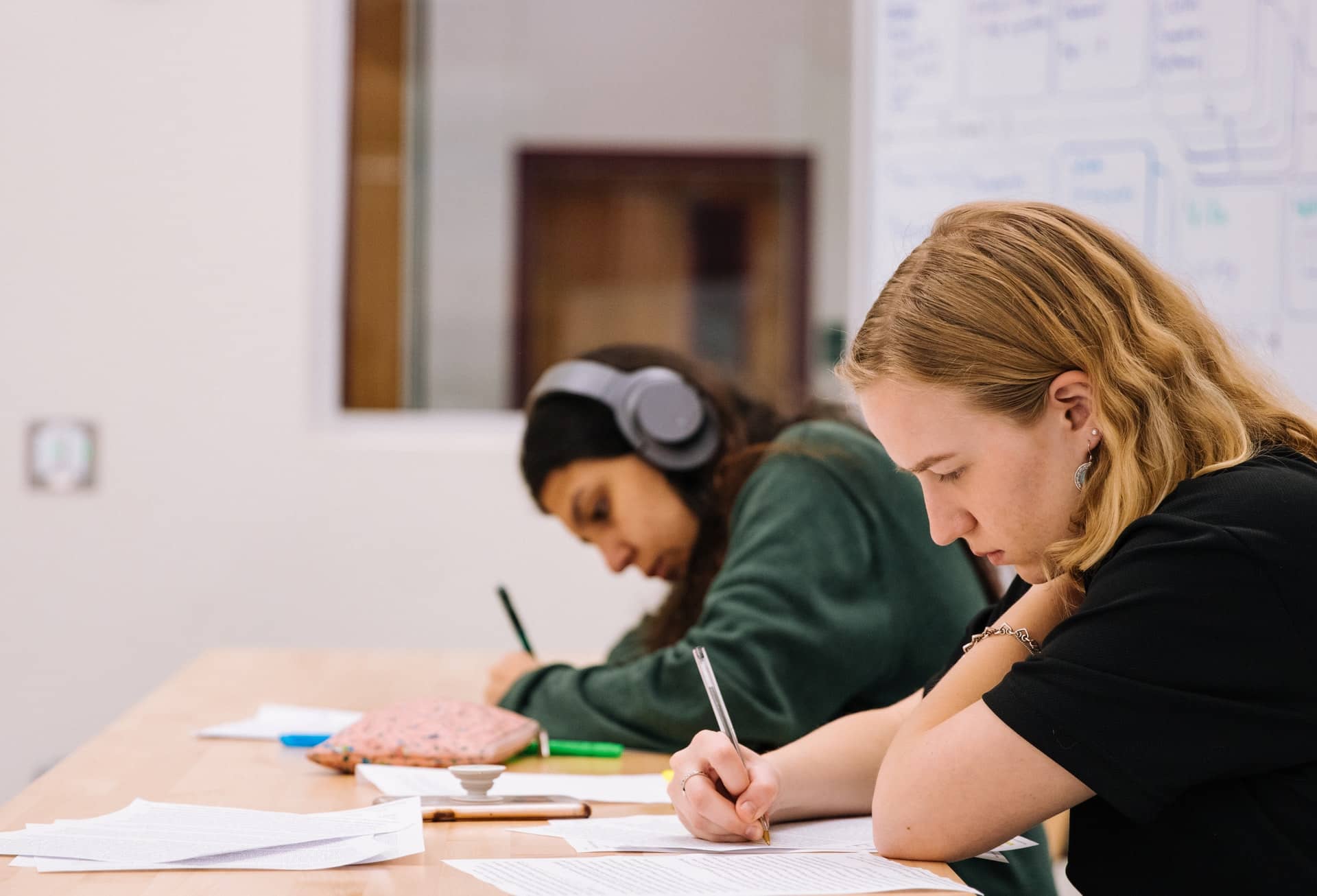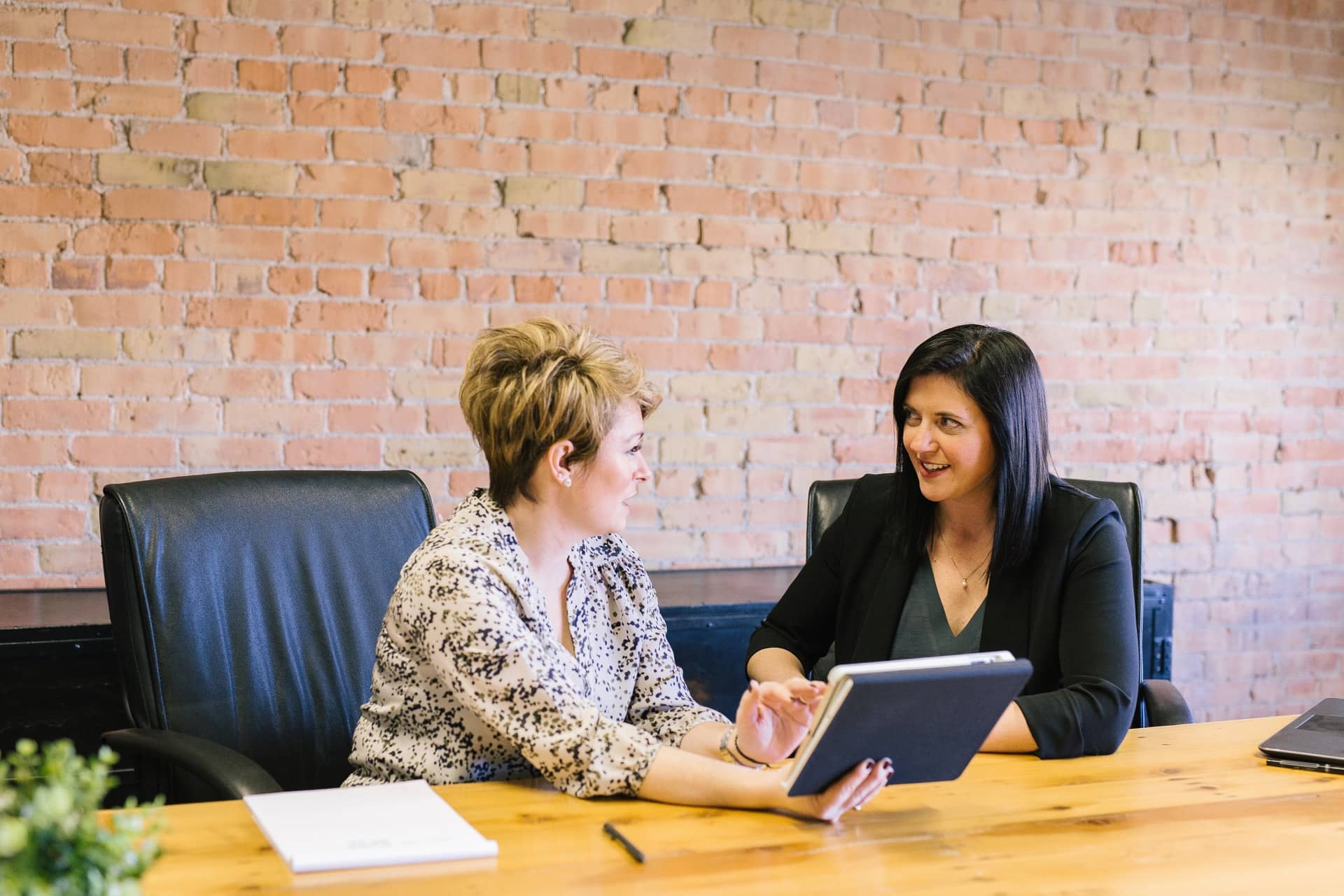5 Tips to Help Students with Critical Transitions in Life
A big part of navigating the school years is about learning to manage critical transitions in life. Here are 5 ways to help prepare students to be confident and ready for each transitional step.
It’s natural for students to fear the transition from primary to secondary school. Those students in Year 11 as well as those in their final year of A-levels may have different concerns, but they’re also apprehensive about their next steps. What can educators do to help them feel confident and prepared to handle whatever comes next? Here are 5 ways to help prepare them to be confident and ready for each step.
Start Exploration Early
It’s never too early for students to start thinking about their futures. This doesn’t mean heaping pressure onto already over-scheduled kids—just gently lifting their gazes to the horizon from time to time.
Showing students the big picture starting in Year 7 (or before) will make planning for the future feel like a natural part of growth and development. By opening conversations about career paths at an early age, you may catch kids before they’ve been overly influenced by friends, family or the media, allowing them to consider all possibilities.
With time to reflect on what they’re good at and passionate about (and how their likes and dislikes have changed over the years), students will begin to understand how to chart their own path toward an end goal, rather than plod through school. In this way, career planning can become an exciting element of school, and one that is connected to the lessons students are already in the midst of learning.
Encourage Self-reflection
By imagining her next steps in secondary school, Ruby can start to plan how she’ll manage them. But not all students are so forward-thinking. That’s why it’s helpful to encourage reflection and self-knowledge in the classroom.
Experiences like quizzes, self-assessments and storyboarding are good tools to help students learn self-awareness. Reflection requires practice, so it’s ideal to offer semi-regular opportunities for students to check in with themselves to understand what matters to them now and in the future.
It’s also important that they feel safe to express their honest feelings about experiences that could shape their choices, even if they’re negative. You may ask them to consider questions like:
-
-
- What subjects do I like?
- What am I passionate about?
- What am I especially good at? What am I not so great at?
- What kind of study or work do I see myself doing in the future?
- What actions can I take to help me prepare for the future?
-
It can be tricky for educators to make time for self-reflection given the rigours of school schedules. However, modelling self-reflection (see the importance of real-world illustrations below) and incorporating short, simple daily activities are as effective as devoting an entire lesson once in a while.
Provide Real-life Examples
Sometimes students just need to see it to believe it. Consider inviting former students into the classroom to share their (positive) “war stories” of their first year of secondary school, Year 11 or even their A-level years. For secondary school students, a panel of post-secondary alumni engaged in different fields of study offers a window into various avenues. You could also set up a tour with local FE and HE providers so students can see the full trajectory—from secondary school to university or vocational school to career. Introducing these types of events or excursions also helps you to evidence progress towards the Gatsby Benchmarks.
The same real-life principle can be applied to preparing students for transitions into the workforce. Offering students accurate examples of real people doing real work shows students how the knowledge and skills they learn in school translates into the world of work.
Help Build Professional, Employability Skills
“Soft” or “professional” skills like diplomacy, problem-solving, communication and time management are increasingly being recognised as important markers for success at work and in life. These skills can also have an impact on the way students cope with transitions. Ruby will feel more confident stepping into secondary school—and, later, university or another pathway—if she has a history of making friends, dealing with challenges and managing her time effectively.
Classroom simulations, explorations and curriculum that present “real world” concerns, such as career backup plans, job interviews, career demand, lifestyle costs and work/life balance, will help students understand some of the factors underlying every career choice. Xello has these very lessons available as digital curriculum for students — you can request a demo to check them out for yourself!
Give a Preview of What’s to Come
It’s clear that Ruby’s anxieties about secondary school stem from the unknown. While it’s not possible to provide a crystal ball, careers leaders and educators more generally can alleviate some apprehension by sharing what is expected of students in future years and schools. Consider distributing secondary school course materials to students that are nervous about academics. Extracurricular clubs that allow students to work ahead and understand the difference between primary school and secondary school expectations can have academic and emotional benefits.
It’s not long before Ruby is excited for secondary school. A recent class visit to the museum inspired her to think about a career in ecology. She’s psyched for science lessons in September. She’s ready to take on secondary school—and the world.



